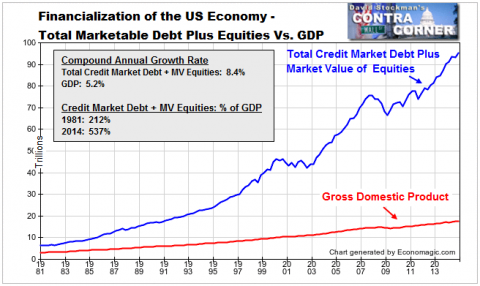Morningstar has a brief, seven minute interview with Jeremy Grantham. Grantham opines that the market is not yet in a bubble but is close: another 5% or 10% and we're there. He also feels that the markets have a few more years to go before a blowout.
http://www.morningstar.com/Cover/vid...aspx?id=701816
Anyone know if a video of his presentation from the Morningstar Conference is available anywhere?
http://www.morningstar.com/Cover/vid...aspx?id=701816
Anyone know if a video of his presentation from the Morningstar Conference is available anywhere?


Comment